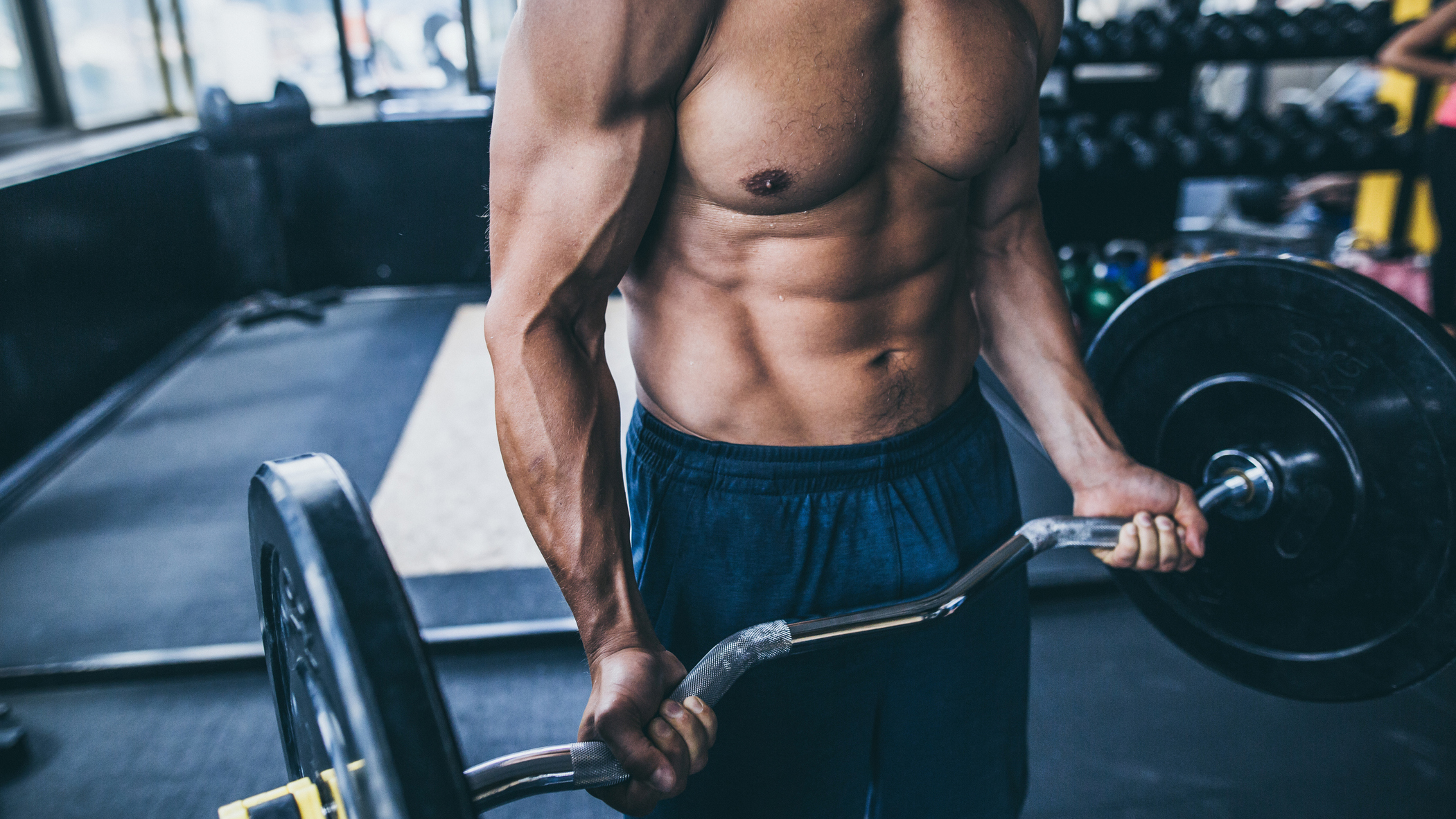This TikTok bodybuilder brilliantly explains how to lose weight in 30 seconds
In this 30-second video, Noel Deyzel sheds some light on what is meant by a "calorie deficit" and how it's key to weight loss


We keep up with quite a few online fitness influencers and social media stars. Some of them are informative and helpful, others insightful and honest, others are just downright funny. But YouTube and TikTok sensation Noel Deyzel manages to pack all those qualities into a single video.
In the video below, Deyzel talks about how running on a treadmill won't automatically make you "shredded". While running is a great way to burn calories, and the best treadmill models can help you with built-in workouts, different gradients to up the difficulty, and even fold away for easy storage, all the cardio in the world won't help you lose weight if your diet's not up to scratch.
Deyzel talks about the concept of a "calorie deficit", which essentially means you're burning more calories than you're eating. The more movement you do throughout the day, and the more oxygen your body has to use to keep it ticking over, the more calories you burn. If you're eating less calories than you're burning, you're in "deficit" or losing weight.
On the other hand, if you're eating more calories than you burn, you're in "surplus", which will lead to gaining weight.
Watch Deyzel break down the concept of a calorie deficit below:
"Your body needs an exact amount of energy to maintain weight... and running on the treadmill allows you to use the energy you derive from food."
"However, if you eat more than you burn, you will not lose weight."
Following a calorie-restricted diet while you're taking part of an exercise routine is a challenge in itself. A strict diet, whether you're intermittent fasting or you're cutting out carbohydrates with the ketogenic diet, might leave you craving your old comforts. Yo-yo dieting, or the practice of losing and then gaining weight rapidly as you fall back into old habits, is actually linked with an increase in heart disease risk.
Start your week with achievable workout ideas, health tips and wellbeing advice in your inbox.
Instead, one way to reduce the calories you consume is simply looking at your existing diet, reducing the portion sizes slightly, and making sensible, healthier choices where appropriate, such as swapping fries for sides of healthier vegetables. Our portion size guide can tell you more.
Finally, it's important to get enough protein into your diet. Lean sources of protein, such as chicken, fish, red meats, legumes and pulses, can help build muscle, especially after resistance training. The more muscle you have in your body, the more oxygen is required to keep your body running even while at rest, so the higher your metabolism becomes. Our guide to the best protein powder for weight loss is a list of some of the top-rated supplements to pack lean protein into your diet.
Matt Evans is an experienced health and fitness journalist and is currently Fitness and Wellbeing Editor at TechRadar, covering all things exercise and nutrition on Fit&Well's tech-focused sister site. Matt originally discovered exercise through martial arts: he holds a black belt in Karate and remains a keen runner, gym-goer, and infrequent yogi. His top fitness tip? Stretch.
